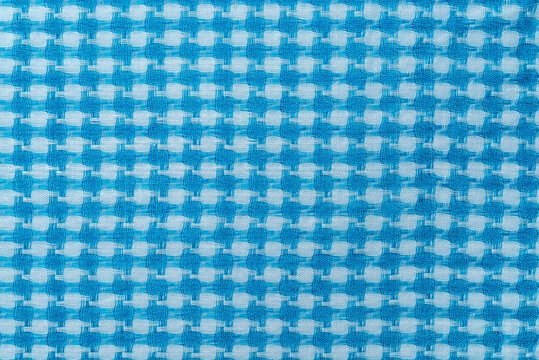
Learning about Arab Head Garments
Yashmagh, Chafiyeh, Shumagh, Ghutrah, Keffiyeh and Hattah are some of the countless names for this traditional Middle Eastern and North African headdress.
Despite varying discussions concerning its historical origins, many claiming that it was and is worn to resist the heat in the dry, arid and sun stunned climate, there’s no debate that the “Shemagh” “شُمَاغ” or “Keffiyeh” " كُوفِيَّة ” is still a cultural statement and an integral component of Middle Eastern attire. This traditional garment is popular and worn millions in the Middle East and beyond. It’s a simple square metre fabric, traditionally folded diagonally into a triangle and worn draped over the head. It’s secured with a black rope like chord. This headdress, or “Ghutra” “غُترَة”, has become closely associated with the Middle East and in particular with Saudi Arabia, and the other gulf states, as men and children still take pride in maintaining their traditional dress code to this day.
The “Shemagh” itself is fashioned from a square scarf, usually made of cotton. It’s secured in place with an “aghal” or “ighal”, which is a black rope like cord, which keeps the fabric in place. Different regions, countries and even neighbourhoods have their own traditional colours of the Shemagh or Keffieyeh; in the UAE the most prevalent colour of the Shemagh is white worn but red and white Shemagh’s are also a common choice. Many Arab men, and children, wear a white Ghutra with ‘Tekeyah’ also called a ‘Kufyah’ on their head underneath the Ghutra and the black Ighal. This secures the head garment even further, allowing for practical and daily use. Although Arab men have historically had a good variety of headgear to choose from, over time the Shemagh has become an indispensable component of Arab culture. Other traditional headwear options include ‘Kalansuwa’, ‘Turbans’ and Imamah’s’ and their usage varies from one Arab nation to another.
It is important mention that although heavily associated with Saudi Arabia and the surrounding gulf states, these regions are not the only cultural inheritors of this head garment. The Keffieyeh also has strong associations with Palestinians, especially as it has become a symbolism of Palestinian nationalism and resistance. Traditionally worn by Palestinian farmers during the Ottoman period, the Keffiyeh, in comparison to the “Tarboosh” worn by the middle or urban class, becomes a visual statement of political dissent. In comparison to the popularised red and white chequered “Shemagh”, the Palestinian Keffieyeh is black and white. It’s interesting to note that not only is the pattern and colour of the Shemagh or Keffieyh are particularly telling, but also the manner in which the Shemagh is worn. For a casual occasion some men will often fold the excess fabric over their head making it more practical for day-to-day activities. There are many different ways in which the garment can be folded and worn to accommodate different purposes and activities. On the other hand, for more formal and celebratory occasions men will extend the excess fabric of garment onto their torso, showcasing the pattern of the Shemagh. In more intensive climates, and especially historically where physical labour within these climates was more commonplace, men would also use the Shemagh or Keffieyeh to cover their face with the excess fabric and tuck it into the “Igal”. The fabric would allow for breathing regardless of threatening weather conditions like sandstorms and intensive heat.
The simplicity of the Keffieyh or Shemagh has made it an international fashion trend, it has become a popular choice in global headgear. This distinct style of fastening a draped head garment with a rope cord has been emulated by countless designers in Paris as well as Tokyo. Towards the end of the 1980s as an inevitable consequence of an increasingly globalised world, the Keffieyh of Shemagh, became fashioanle in the United States and shocking popular amongst Japanese teenagers in the 2000s. Countless foreign visitors to Arab countries buy these headdresses not only as souvenirs but increasingly as aesthetic head pieces.
We stock a stunning range of these wonderful square metre fabrics from luxury and popular retailers such as Ermenglido Zegna and many others.
Please email us at info@leilafabrics.com if you need any more information you may need before making your purchase and our customer services will be happy to explain more about our products in details
- Back to Blogs

